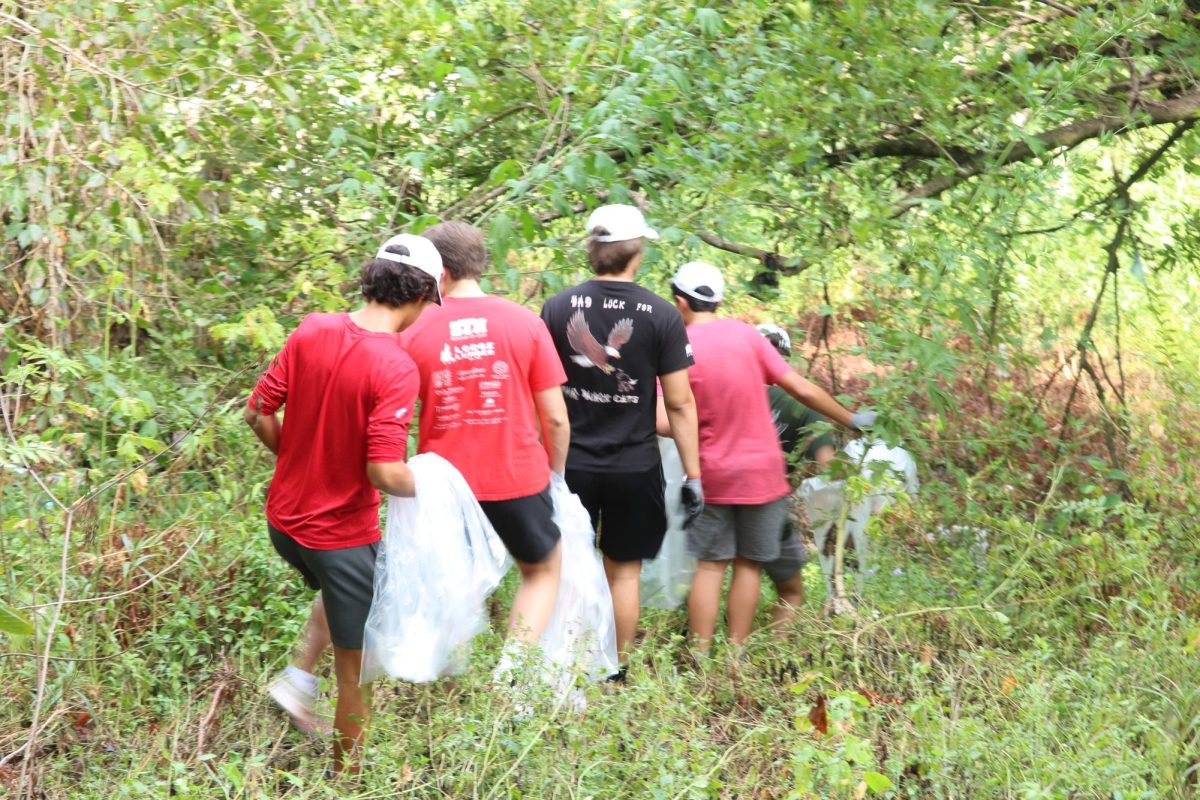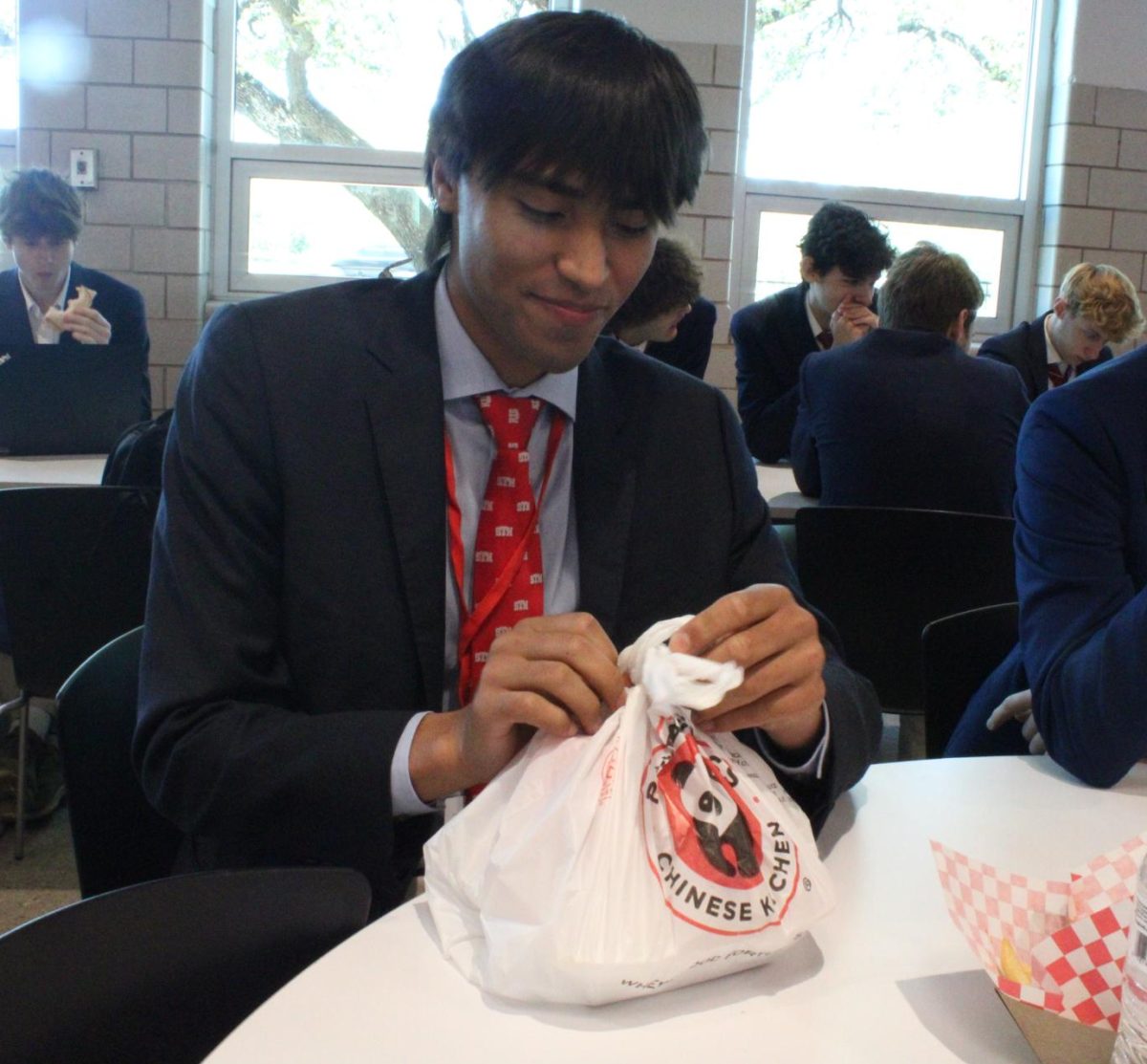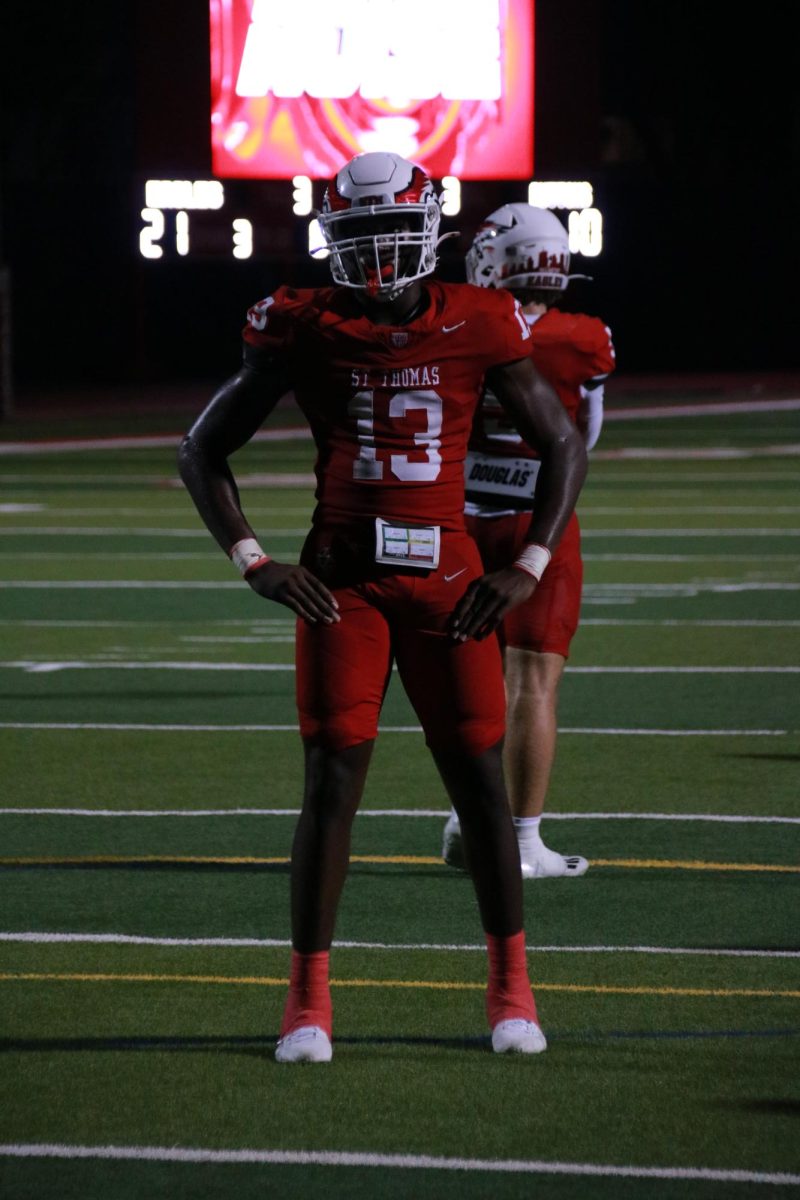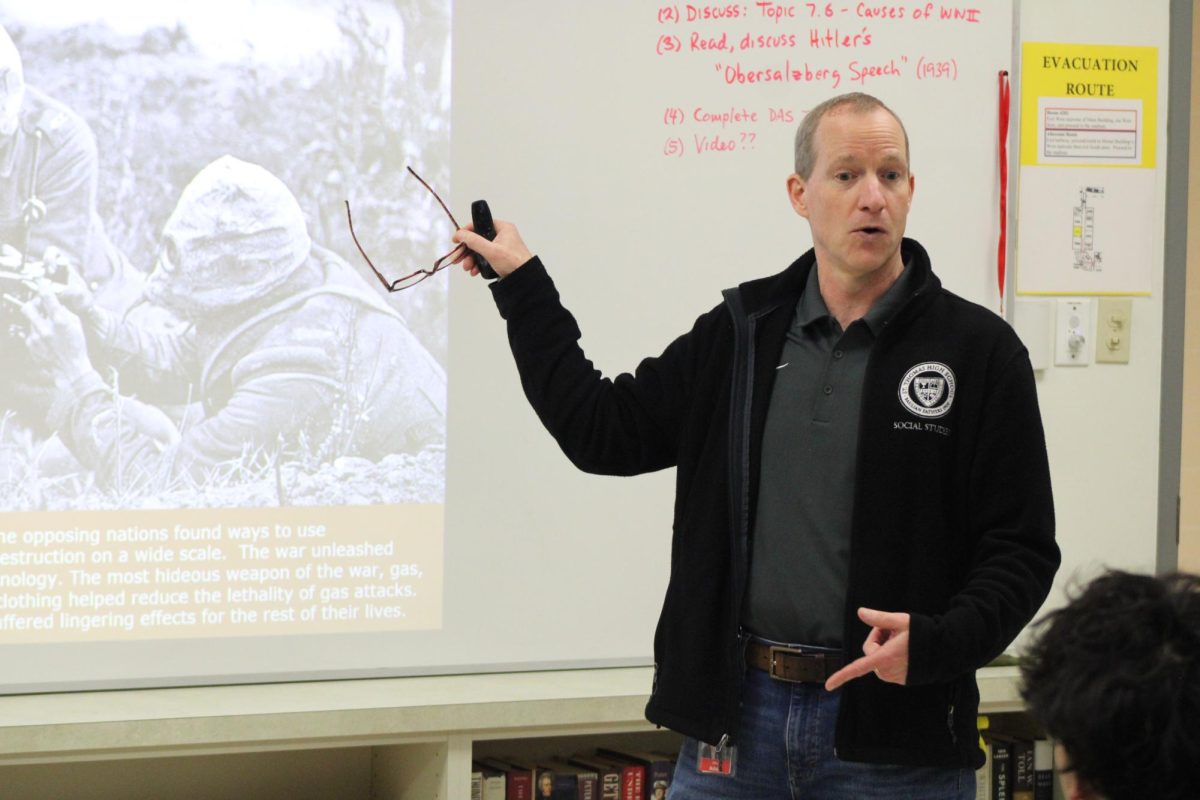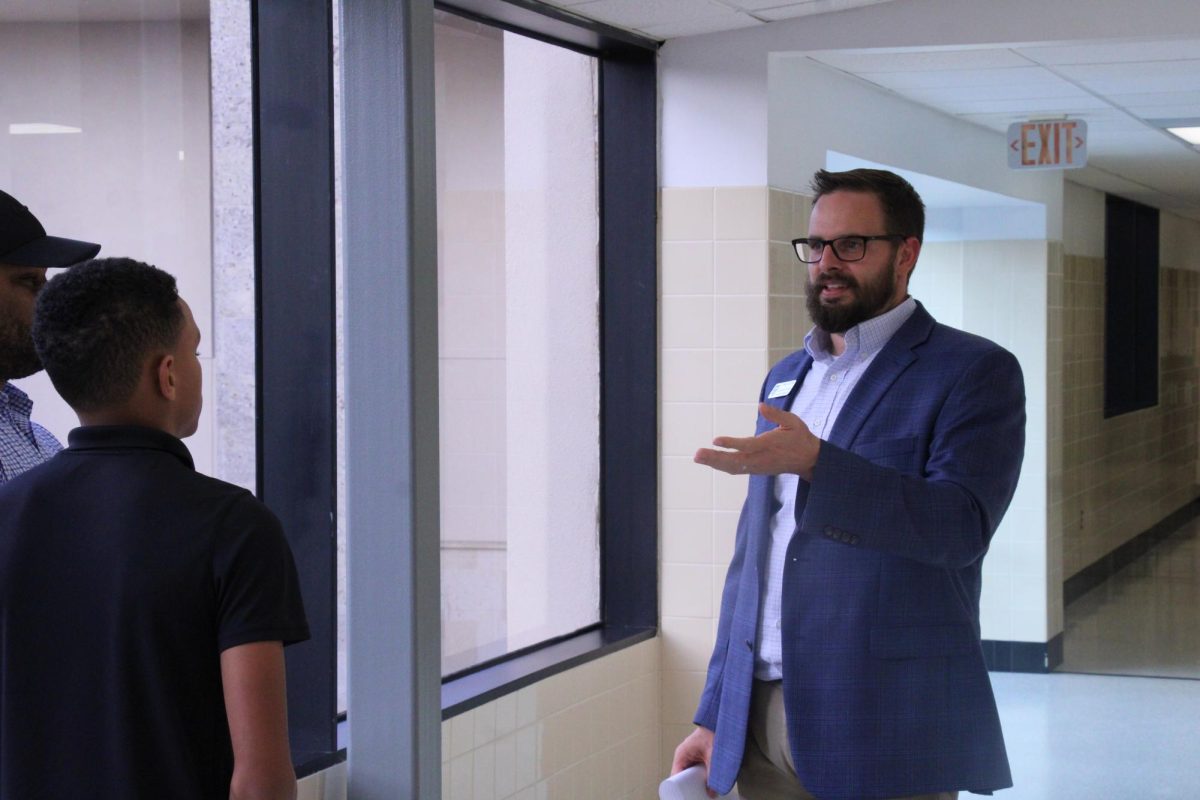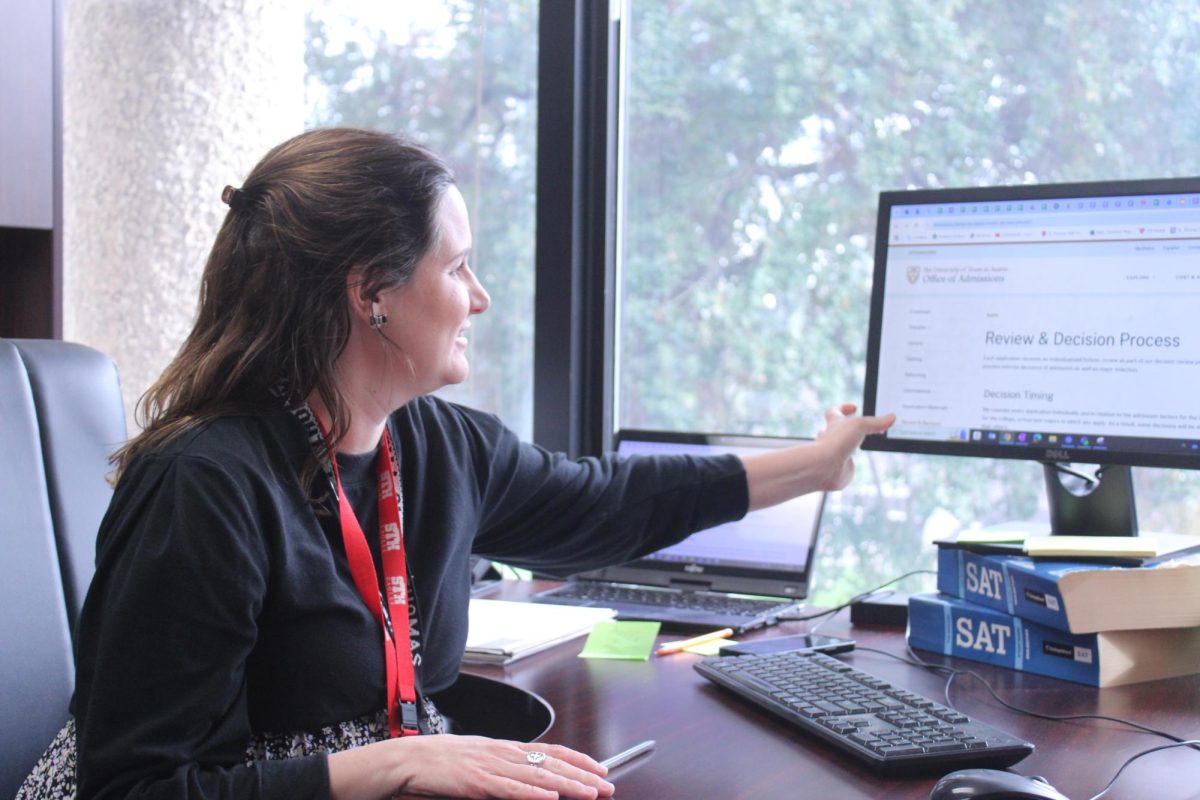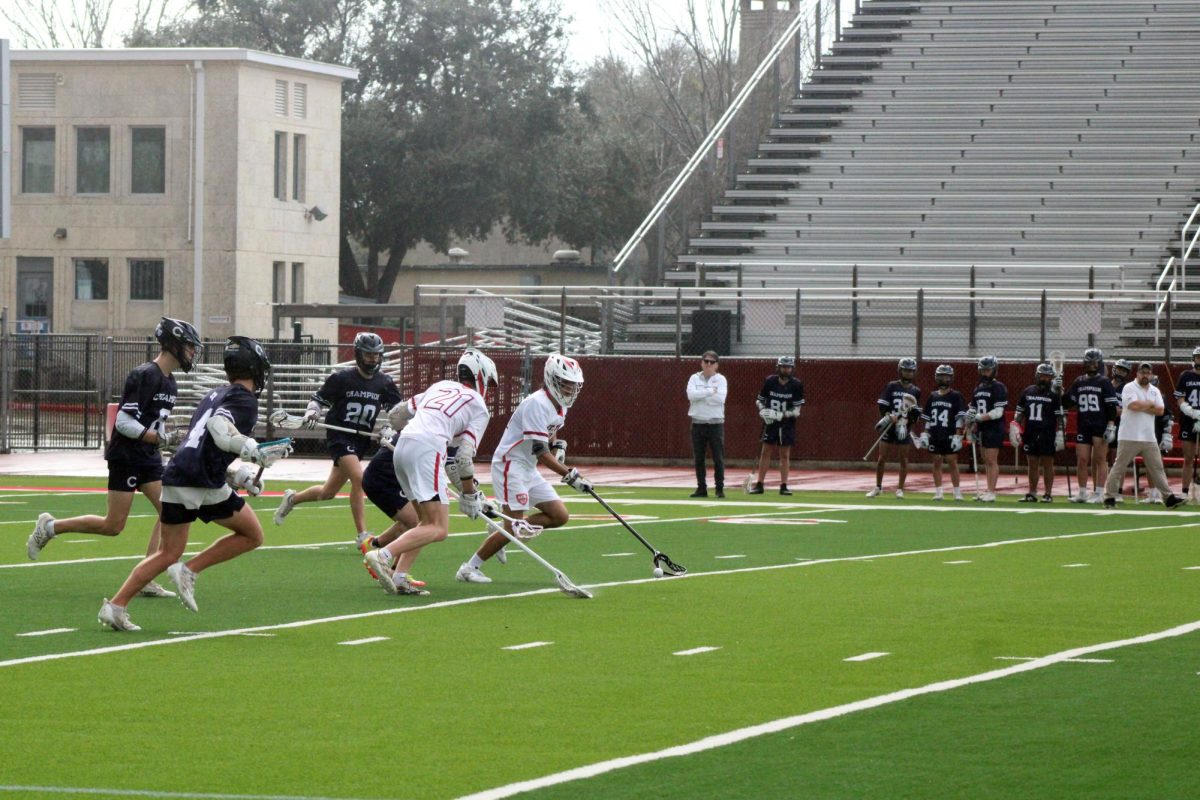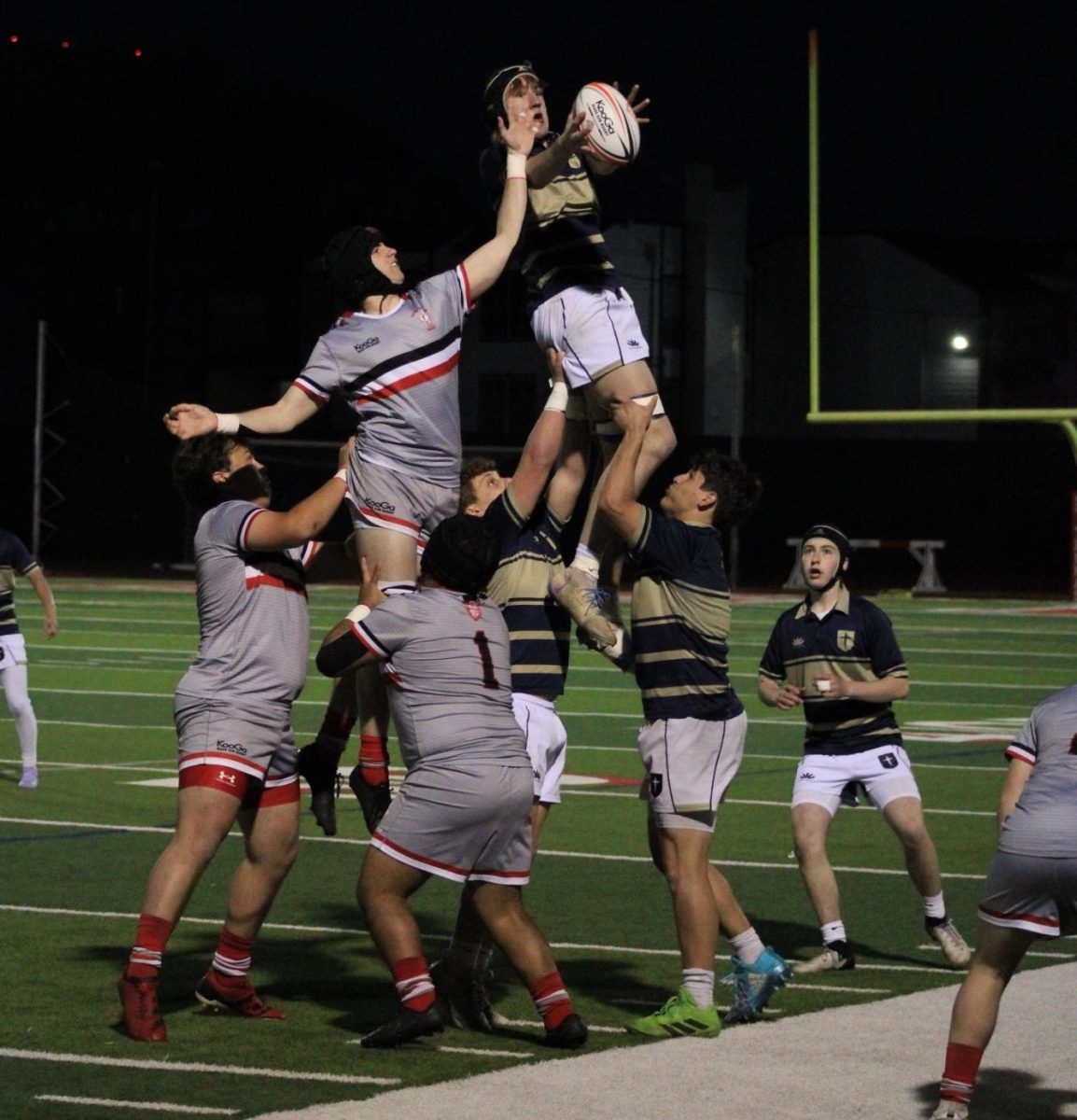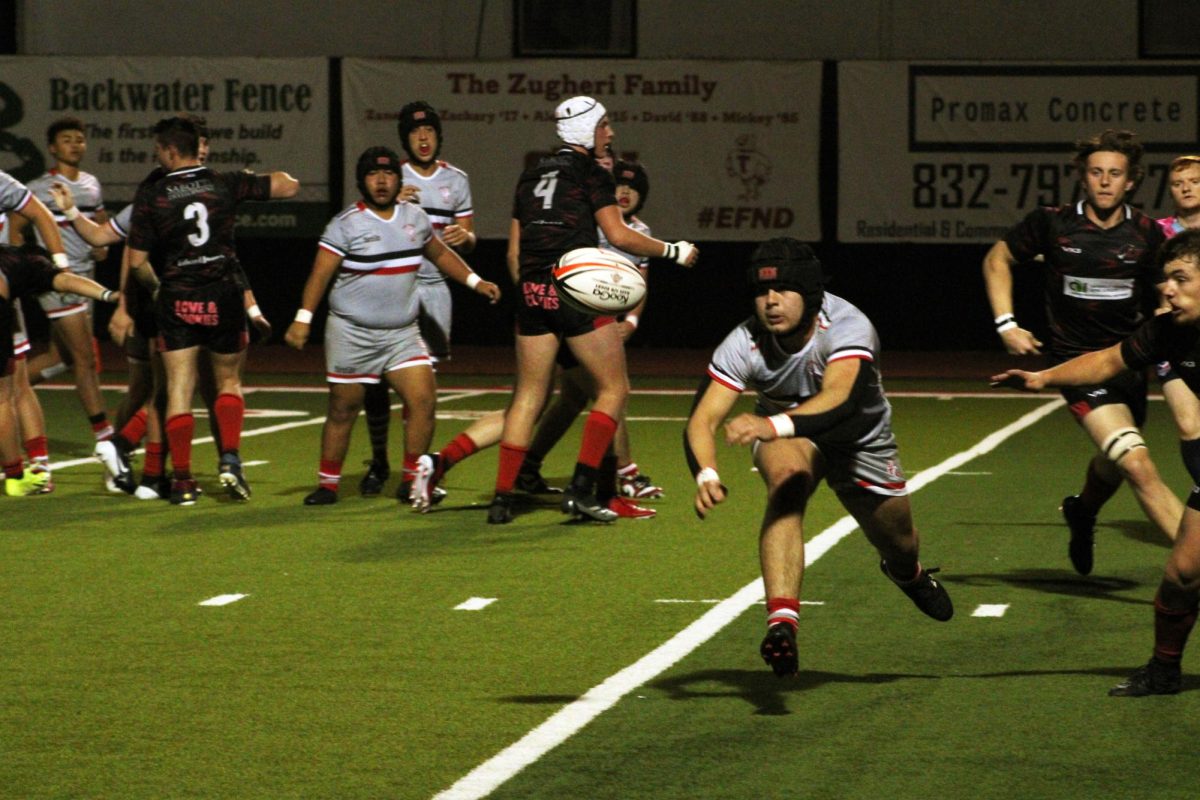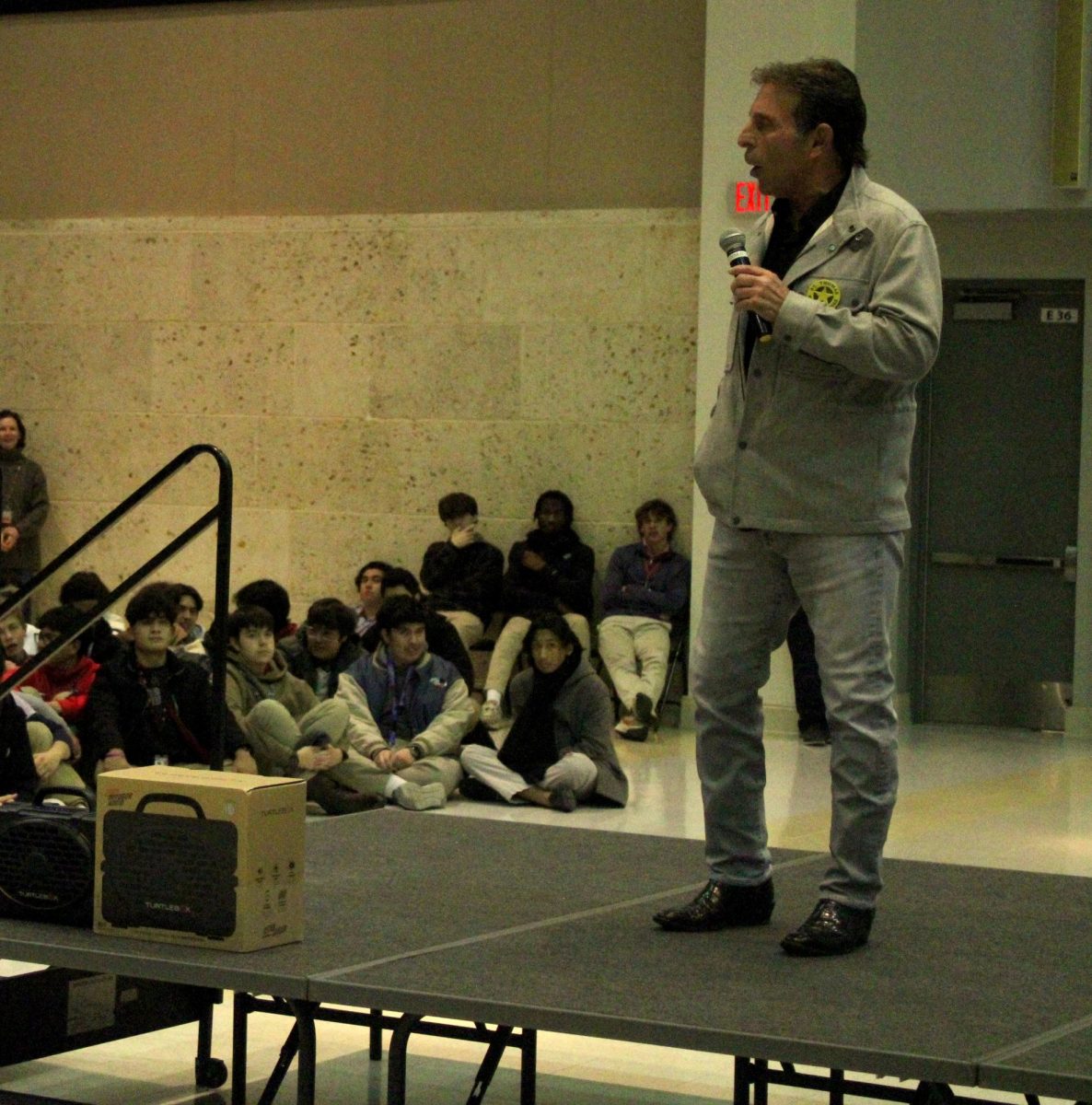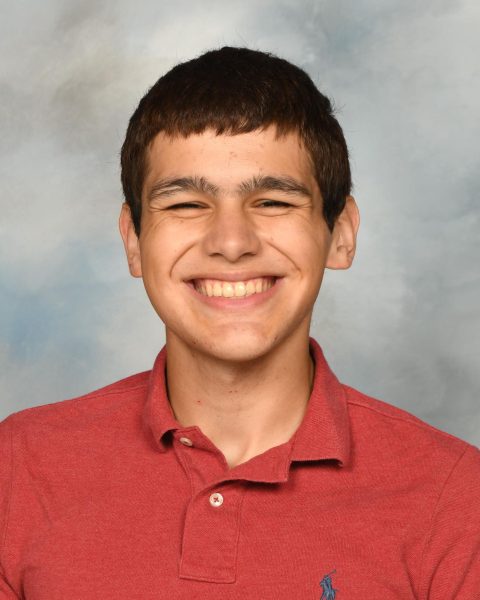You’re walking down your favorite, everyday family park. The birds are singing, the trees rustling, peaceful picnics galore, and the sounds of soft streams flowing through your ears with calmness… except the streams aren’t as soft on the ears as they usually tend to be, as the sound has a sort of ‘squeak’ to it. As you travel closer to the water, the squeaking increases and the ripples grow more violent. Finally, you come to a halt in front of the true culprit of the noise: a tire. A tire… in the middle of the water? You continue to view the automobile component remaining stationary throughout the trends of water, but begin to notice a person step into the stream, pick up the tire, and carry it to the shores of grass. Soon after, you begin to see multiple people throughout the stream, carrying plastics, glass, and even whole shopping carts. This act of service must have been done by none other than the STH Environmental Club no doubt.
These protection heavy heroes are the people who keep our school healthy and aware of pollution through environmental means by engaging in educational and community services with the help of active and dedicated volunteers. Their mission is to build a community of like-minded individuals who share a passion for the environment in hopes of spreading awareness and making a change in their school, local, and national/international communities. John Rickert ‘24, president of the STH Environmental Club, sprouts his goals and advances for the efforts of change among the school’s community and plans to take on the subject of service.
“This year we have 2 main goals for the environmental club: action and education. For action we are planning to offer many more service opportunities than last year including cleanups, fundraisers, and recycling efforts at STH. For education we are planning to run information campaigns on EBN and during meetings to learn about the impact we have on the environment here at STH along with what the best ways to change the trajectory of our degrading environment are. We also want to incentivize more participation including an end-of-year celebration with prizes and recognition for everybody’s efforts,” Rickert exclaimed.
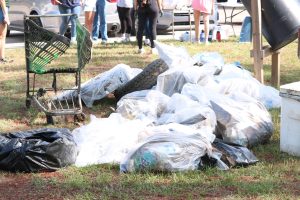
Others, such as a previous year member of the STH Environmental Club Keenan Sencio-Sims, have similar thoughts about our school’s group efforts in remaining sustainable and doing anything in our power to reduce pollution. “We see how either lazy or unmindful the STH community is about the effect we have on our environment. For example: the lack of recycling materials at STH events, the large quantity of paper used in classrooms, especially the science wing, and an overall disregard for where we put our trash after lunch or outdoor activities. As a club we look towards changing these habits just a little bit at a time,” Sencio-Sims remarked.
Being a part of an environmental club is no small task either, as the effort you put in amounts to the output of change your club may receive, people joining the same cause as you in the case of sustainability that is. As stated, the future plans of the STH Environmental Club are winded in making their voice(s) being heard, outlining a prompt for a growth in dedication to their plans of regular cleanup opportunities all around the Houston area, fundraising within other local communities apart from STH’s, and other recycling initiatives to take in regards to maintaining the goal of sustainability.
Each opportunity offered among the Environmental Club doesn’t just create incentives for service, but also the chance of getting to meet new faces within the community you’re working to help maintain environmental awareness towards. An exciting experience among the school’s Environmental Club are the cleanups. They require a lot of commitment to physical work, are can be extremely messy depending on the area, such as in a bayou or forest ecosystem, but can be a true flurry of fun in relation to creating bonds to the people you work with whom most likely hold the same values among the environment as you do. They also require volunteers of service not only among the students of STH, but as well as from rival schools such as Strake Jesuit and sister schools such as Duchesne Academy of the Sacred Heart.
Do these other schools want what we want? Are they working for the same goals of sustainability among the future communities our school help aid as well?
“Volunteers aid in visually seeing the problem the world is facing with pollution and it gives them a better idea of the importance of helping the environment. Helping our community be conscious of the problems surrounding us constantly drives the idea to change for the better of the environment and the world,” said Andrea Garza Estebanez ‘25 of Duchesne Academy of the Sacred Heart.
In what ways are others working towards similar works of volunteering? Specifically, what efforts are being made to work towards this goal of sustainability?
“Some of our most recent projects include cleaning up Woodland Park, Hermann Park, and Memorial Park. We brought composting to Duchesne, spread the community of the GTP to other schools, and brought guest speakers to come to our high school to present to the students about major topics related to the environment. Some future projects include more volunteer events, and art projects with the entire school to help focus on the habits of reducing, reusing, and recycling,” responded Estebanez.
With these dedicated, hard working students, the communities our school and others strive to bring environmental awareness towards gradually grow closer to the main goal of sustainability. Many of these volunteers have their own personal and academic commitments to be concerned about, but continue to strive towards helping the environment for the sake of the future.
“The future of the world is in the hands of this generation, if we do not change our ways now, it will be too late to change later. The future depends on the youth today to make a change for what is to come. Only through conscious actions and healthy habits, will we be able to change the world and lead it toward a more sustainable future,” Estebanez concluded.


